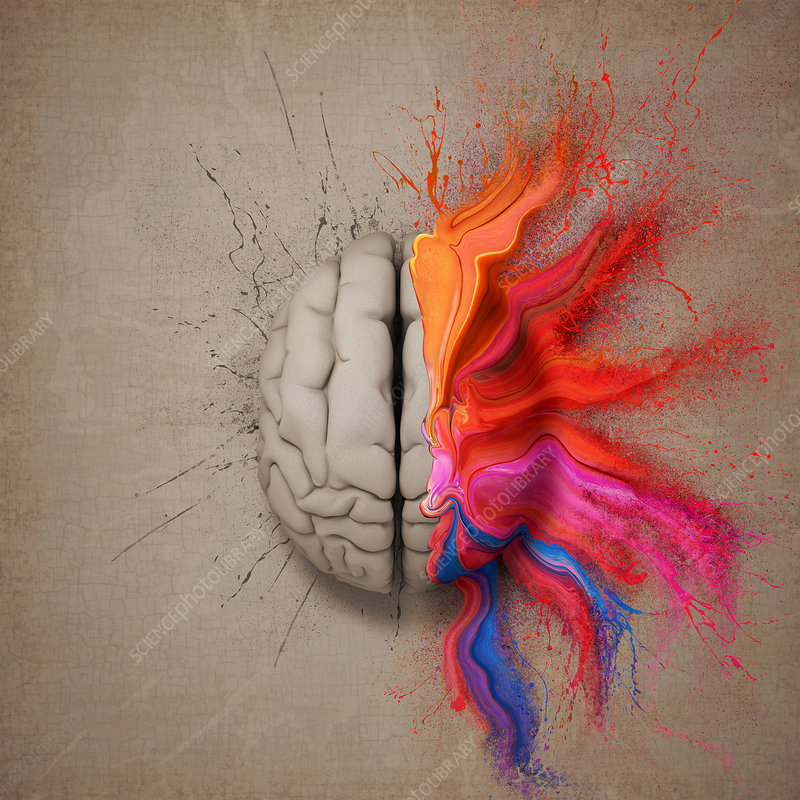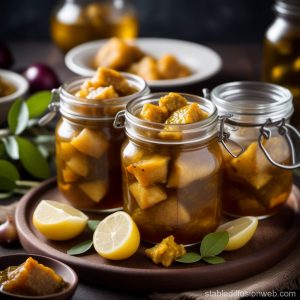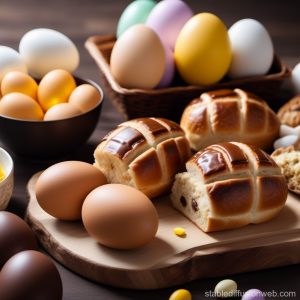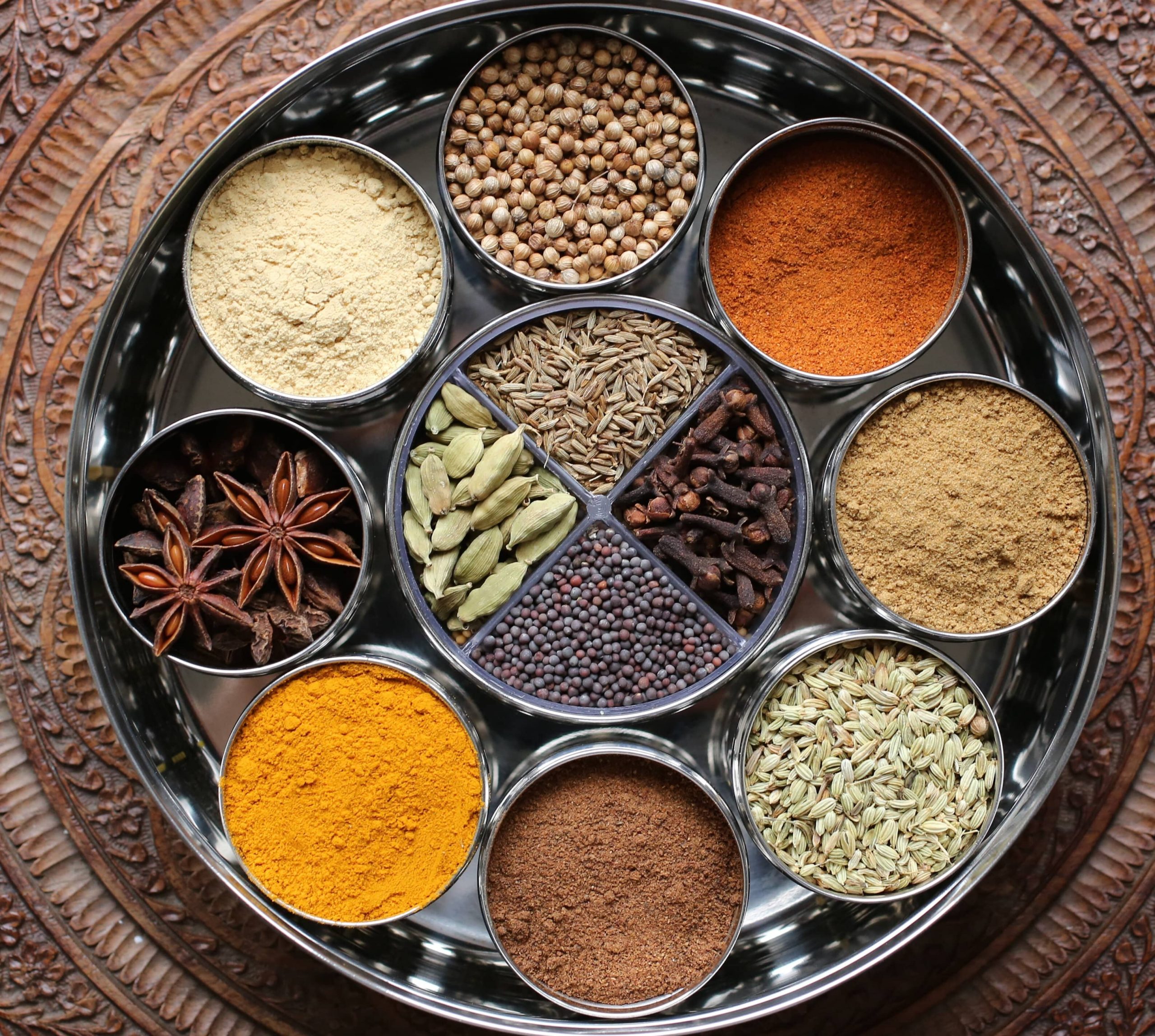cerebrate
[ ser–uh-breyt ]
verb (used with or without object),cer·e·brat·ed, cer·e·brat·ing.
- think deeply about something; ponder
source: https://owad.de/word-show/cerebrate

Connecting & Topic 1: Online participation & digital literacies
First cerebration/Reflection #ONL241

Upon learning that I would be part of this iteration I was really very excited. I get to learn new “things”, new technologies, new people (albeit being a bit of an introvert).
There was a bit of uncertainty in the beginning – almost chaotic – but not really. If you get what I mean? Organised chaos.
Getting to know how this will work, getting to know your group – which is very difficult for me when there is no real connection or senses involved, for example, we don’t speak the same home language, eat the same things, some of us live 15 400 km apart, I don’t know how tall you are, where you stay, what you like to wear, etcetera – no real, real senses – I want all five human senses (and more) to be involved. Nonetheless – we are an amazing bunch of people – and I hope to get to meet all my Take V’ers in real life one day. We are doing an awesome job so far in any case – being in this global virtual village.
Now for the REFLECTION on my own digital presence and identity – it turns out to be a shocker for me, being a GEN Xer – the only technology I had and knew of as a child, come to think of it, was my Dad’s speakers which he built himself, a turn-table, a Ford’s engine, the telephone (landline) and later a TV. Also unbeknown to me then was, that in
- 1971 – the first e-mail was sent by a guy named Ray Tomlinson
- 1971 – Intel released the first commercially available programmable microprocessor
- 1973 – first mobile phone was introduced by Motorola
- Late 1970s – Apple II was introduced – which played a significant role in shaping personal computing (Copilot, 2024).
BUTTT – It turns out I am a RESIDENT people, A RESIDENT! And hardly a visitor anymore! Is there anything I do that does not involve some form of digital tool or app or the Web? It turns out NO very little – maybe the only thing where there is no digital “thing” involved perhaps is when it comes to my pets – the Interwebs can not feed them, fill their water bowls, take them for walkies, cuddle them – well not yet in any case. Even cooking, having wine or exercise involves some form of a digital tool/app and the Interwebs.
This brings me to the following conclusion re: digital literacies – I actually think I may have developed over the years a set of digital literacies skills, to survive and thrive in the digital age and I can apply critical thinking skills (this was part of the topic for our PBL Group Work – critical thinking skills and digital literacies)
So – let’s embrace it and use our digital presence and identity it to its fullest potential – here is to learning MORE from #ONL241 and my Group in dealing with the use of digital tools for teaching and learning.
Sources:
Coleman, J. 2022. Critical Thinking Is About Asking Better Questions. Harvard Business Review. https://hbr.org/2022/04/critical-thinking-is-about-asking-better-questions
Copilot. 2024. Prompt: What technology was invented in the 1970s?
White, D. & Le Cornu, A. 2011. Visitors and residents: A new typology for online engagement. First Monday, 16(9). https://daveowhite.com/vandr/
White, D. & Pareigis, J. 2024. Digital literacies with David White and Jörg Pareigis Webinar: 28 February 13.00-14.00 CET.
A Reflection on Open Educational Resources:
A Hunt for Quality amidst the Easter Bounty

Topic 2 Reflection #ONL241
Easter brings a delightful mix of traditions – the sweet aroma of hot cross buns, the hunt for hidden chocolate eggs and bunnies, and for some, the savoury indulgence of curried fish. This season also offers a chance to reflect on the concept of “openness” and the treasures it holds, much like the hidden treats of Easter.
In the realm of education, Open Educational Resources (OERs) represent a basket overflowing with freely accessible learning materials. Just like sorting through your basket of Easter eggs you will find that not all OERs are created equal. The very nature of open access allows anyone to contribute, and ensuring quality, can be a challenge. This is where our critical thinking skills come in, the ability to discern the valuable resources from those that might be less reliable.


Here’s how the Easter spirit can guide our exploration of OERs:
- The Hot Cross Bun Test: A good hot cross bun has a balance of sweet spices and fruit. Similarly, a high-quality OER should have a well-structured presentation, accurate information, and engaging content that caters to the learner’s learning style.
- The Curried Fish Conundrum: The South African Easter staple – curried fish, a delicious yet complex dish, requires careful sourcing of ingredients. Likewise, OERs often draw from various sources. It’s crucial to assess the credibility of the information and the author’s expertise. Look for citations, affiliations with reputable institutions, and peer reviews from other learners.
- The Chocolate Egg Chase: The thrill of the Easter egg hunt lies in the discovery. Evaluating OERs can be a similar adventure. Seek resources with clear learning objectives, well-organized content, and opportunities for interaction or further exploration.
By employing this Easter-inspired approach, we can become discerning consumers and creators of OERs, ensuring we acquire valuable knowledge and producing quality OERs – the educational equivalent of finding that golden chocolate egg!

Sources:
The Open University. 2024. Evaluating open learning [Online]. Available at: https://www.open.edu/openlearn/education-development/creating-open-educational-resources/content-section-4.2 [Accessed 28 March 2024].
Images created by AI – Stable Diffusion Online (stablediffusionweb.com)
Leave a Reply
From a Masala Dabba to a Learning Space: A Recipe for Online Collaboration

Topic 3: Learning in communities – networked collaborative learning – the reflection: What? So What? Now What?
Imagine stepping into a virtual classroom, not knowing a soul. The initial awkwardness mirrors staring down a complex Indian curry recipe, overwhelmed by the vibrant spice collection. Yet, just like those spices transform a simple dish, carefully chosen elements can cultivate a collaborative online learning environment.
The Warmth of Welcome: Building Inclusion
The first step in any Indian dish is often a base of aromatics like cumin or cardamom. Similarly, online collaboration thrives on inclusion. “Icebreaker” activities, like sharing names, locations, and course expectations, function like the welcoming “ground cumin” of the experience. Brainstorming and establishing ground rules, much like the fragrant curry leaves, add depth and structure to the learning space, ensuring everyone feels comfortable participating.
The Spice of Relevance: Fostering a Positive Attitude
A perfect curry caters to individual preferences. Similarly, fostering a positive attitude in online learning requires making the experience personally relevant. Highlighting stories of successful learners acts like the “witness people similar to self”. Seeing others like themselves thrive can be incredibly motivating in a virtual setting. Furthermore, incorporating “Know-What-Learned” activities (self-assessment) and reflection journals, empowers learners to take ownership of their progress, fostering a positive learner mindset.
The Intrigue Factor: Sparking Engagement and Challenge
A masterful Indian dish keeps you on your toes with its layers of flavour. In online learning, engagement and challenge are essential for maximizing meaning. Posing problems as intriguing scenarios, the “fennel and coriander” of intrigue, ignites curiosity and draws learners in.
Simulations, like the “star anise” of real-world application, solidify understanding by translating theory into practice. Just as a spice rack (masala dabba) offers a variety of flavours, so too should an online learning environment.
Gaming, mini-lectures, webinars, video presentations, online tools like Miro or Mural – to name a few – provide a diverse learning experience, catering to different preferences. Partnering, small group activities and discussion forums, the “saffron” of collaboration, add another layer of engagement by encouraging social interaction and deeper understanding.
The Finishing Touch: Building Competence
The final test of a good curry lies in its ability to deliver on its taste promise. Similarly, online learning should foster a sense of competence. Feedback, both constructive and positive and rewards, are essential for growth, much like the finishing touch of garam masala. Demonstrating real-world applications of learned skills serves as the “ghee” of the experience, providing authenticity and purpose, solidifying the value of the learning journey.
In Conclusion
Just as a skilled chef utilises a diverse spice palette to craft a delicious dish, we the online learning designers/facilitators/lecturers/educators can leverage a variety of strategies to create a rich and rewarding collaborative environment. By incorporating elements that build inclusion, promote personal relevance, stimulate engagement, and enhance competence, we can empower learners to thrive in the virtual world and ultimately achieve their full potential.
References
Synnovation. 2024. Think & collaborate to change, improve, innovate [Online]. Available at: https://synnovation.co.za/ [Accessed: 11 April 2024].
Wlodkowski, R. 2004. Creating motivating Learning Environments [Online]. Available at: Galbraith, Michael W (raymondwlodkowski.com) [Accessed: 8 April 2024].
Leave a Reply
“Education is learning
what you didn’t even know
you didn’t know.”
Daniel J. Boorstin
Leave a Reply